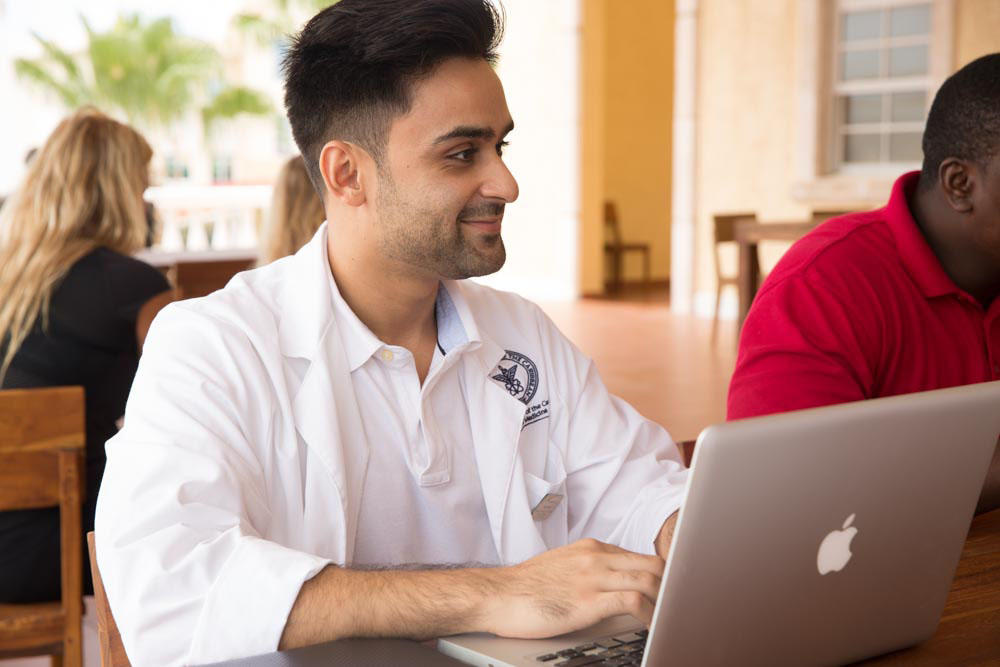The experience gained by emergency medical technicians (EMTs) can play a role in the decision to pursue a medical career. EMTs provide vital care at emergency scenes or in ambulances. The knowledge gained as an EMT can be invaluable for aspiring doctors.
EMTs possess an understanding of the human body and can leverage their experience to their advantage.
EMT vs. Doctor
EMTs and doctors play vital roles in the healthcare system. EMTs provide essential life saving interventions and transport patients to medical facilities; doctors provide comprehensive care. Doctors prescribe and administer treatment and oversee their patients’ overall care.
Typically, doctors work in more controlled environments such as hospitals, clinics, or private practices. EMTs work in high-pressure, often unpredictable environments and with limited resources. EMTs provide short-term care while doctors provide long-term care.
The Differences Between EMTs and Paramedics
Emergency medical services (EMS) can be administered by EMTs or paramedics. Depending on the state, EMTs can be divided into basic (EMT-B) or intermediate (EMT-I). EMTs can provide a basic level of life support while paramedics provide more advanced life support.
EMT Overview
EMTs are trained to assess patients and determine if life-threatening injuries or illnesses are present. If so, they can perform basic actions to mitigate immediate danger. This can include:
- Taking vitals
- Splinting injured body parts
- Bandaging wounds
- Assisting with a patient’s medication (e.g., administering epinephrine to treat anaphylaxis, providing a patient’s prescribed inhaler to alleviate asthma attacks, administering glucose to patients with low blood sugar)
- Performing Cardiopulmonary resuscitation (CPR)
- Administering oxygen
- Updating patient records
- Transporting patients between facilities
To become an EMT, those interested must:
- Successfully complete a state-approved EMT course that meets or exceeds National Emergency Medical Services Education Standards.
- Candidates must have completed the course within the past two years.
- The course program director must verify successful course completion on the National Registry of Emergency Medical Technicians website.
- Have a current CPR-BLS (Basic Life Support) for “Healthcare Provider” or equivalent credential.
- Successfully complete the National Registry EMT cognitive (knowledge) exam and a state-approved psychomotor (skills) exam.
Paramedic Overview
Paramedics take EMT education a step further by learning such advanced techniques as:
- Inserting intravenous lines
- Intubating patients
- Defibrillating patients in cardiac arrest
- Administering medication
- Delivering newborns
To become a paramedic, those interested must:
- Hold a current National Registry of Emergency Medical Technicians certification or state license at the EMT level or higher.
- Successfully complete a paramedic education program accredited by the Commission on Accreditation of Allied Health Education Programs (CAAHEP) that meets or exceeds the National Emergency Medical Services Education Standards for Paramedic.
- Candidates must have completed the course within the past two years.
- The course program director must verify successful completion on the National Registry of Emergency Medical Technicians website.
- Paramedic candidates who started their paramedic education after Aug. 1, 2016, must complete a psychomotor competency portfolio.
- Have a current CPR-BLS for “Healthcare Provider” or equivalent credential.
- Successfully complete the National Registry Paramedic cognitive (knowledge) exam and psychomotor (skills) exam.
- Earn a state license to legally practice in the state.
Why EMTs Choose to Become Doctors
EMTs often choose to become doctors because of their experience in the field. This experience could spark a desire to provide long-term, comprehensive care to patients. It could also highlight a preference for a stable work environment.
“Before medical school, I worked with a 911 service in Austin. I worked on the ambulances there. I was an EMT. They have a dual medic system, so I was with a paramedic. And prior to that, I worked at a Level I trauma center there in central Texas as part of the trauma team and got to see and do a lot of really cool stuff.”—Christopher Muyshondt, AUC student
Both EMTs and physicians work in healthcare, but doctors have more extensive training in medical sciences and clinical care. Physicians can become experts in a medical specialty of their choice or practice general medicine. This provides them with a wide range of diverse career opportunities and more autonomy.
EMTs play a vital role in providing immediate medical assistance in the field. They handle patients in critical situations and keep them stable during transport. After their patients arrive at the hospital, EMTs return to the field to treat new patients.
Transitioning from EMT to a doctor allows for more time with patients. Making this leap shows an EMT’s commitment to medicine and dedication to patient outcomes. It also highlights an EMT’s desire to grow analytically and make more complex medical decisions.
How to Transition From EMT to Medical School
Undergraduate students often work as EMTs before applying to medical school. To apply, they will need:
- Undergraduate coursework transcripts: Students can choose any major as they work through a premed track. However, students should focus on earning high scores in courses such as biology, chemistry, English, math, physics, and social sciences.
- Medical College Admission Test® (MCAT®) scores
- Personal statement
- Recommendation letters
During the first and second years of medical school, students expand their theoretical knowledge with hands-on labs. During the next two years, students apply their knowledge through clinical rotations and gain experience working with patients.
After medical school, graduates can gain experience in their field of choice through residency. Depending on the specialty, residencies can be completed in three to seven years.
After medical school, students must pass the final United States Medical Licensing Examination® (USMLE®) or Comprehensive Osteopathic Medical Licensing Examination of the United States (COMLEX-USA). After they earn licensure, they can earn their certification through the appropriate specialty board.
For an in-depth look, check out our post How to Become a Doctor.
Does EMT Training Count as Clinical Experience?
Gaining experience as an EMT provides first-hand experience in trauma care, which is beneficial for students planning to specialize in emergency medicine. It provides opportunities for EMTs to develop their bedside manner and observe doctors in various situations. This experience can also train healthcare professionals to remain focused during high-stress situations.
Being an EMT may help applicants get into medical school, as the work speaks to an applicant’s real-world medical experience.
Making the Transition From EMT to Doctor
Transitioning from EMT to doctor can be challenging, but it is rewarding. The EMT experience can give aspiring physicians firsthand experience in the field and strengthen their medical school applications. The work helps students refine their bedside manner and provides the opportunity to develop various relevant skills.
Becoming a doctor requires hard work, but it can be an excellent way for an EMT to advance their medical career.
Are you an EMT, paramedic, or student ready to make the leap to medical school? Read about the MD program at American University of the Caribbean School of Medicine or contact the school for more information.





